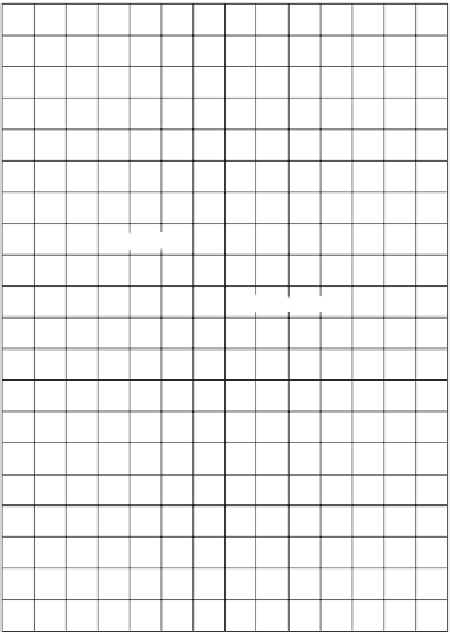Biomedical Engineering Reference
In-Depth Information
5.5.2 Waveguide Building Block and Wavelength Selection
Various fundamental waveguide structures have been investigated for use
with GaAs substrates (LiNbO and other material systems will be discussed
in a later section). These structures will be reviewed in this section along
with the factors leading to the final preferred choice. Several structures
are made without the use of multiple materials. Ion implantation has been
shown to produce the necessary change in the refractive index of the sub-
strate material to induce waveguiding [9]; however, free-carrier absorption
loss due to the heavily doped substrates results in losses on the order of 1 dB
cm
−1
[10].
Another alternative is the use of deposited/etched thin-film dielectric
waveguides [11] on the surface of the GaAs wafer. This is a fairly attractive
option because a waveguide material such as SiO
2
or Ta
2
O
2
would not exhibit
20
19
18
17
16
15
14
13
Kuznetsov
12
11
Marcatili
10
9
8
7
λ
0
= 3.4 µm
a
/
r
= 1.5
b
= 10.0 µm
N
D
= 2 ×10
17
cm
-3
α= 0.09 dB cm
-1
6
5
4
Parallel channel
directional coupler
L
versus
C
3
2
1
0
1
2
3
4
5
6
7
8
9
10
11
12
13
14
(c)
C
(µm)
FIGURE 5.14 (continued)
(c) λ
0
= 1.3 μm;
a/r
= 1.5;
b
= 10.0 μm;
N
D
= 2 × 10
17
cm
−3
; α = 0.09 db cm
−1
parallel direction channel
directional coupler
L
versus
C
.



Search WWH ::

Custom Search